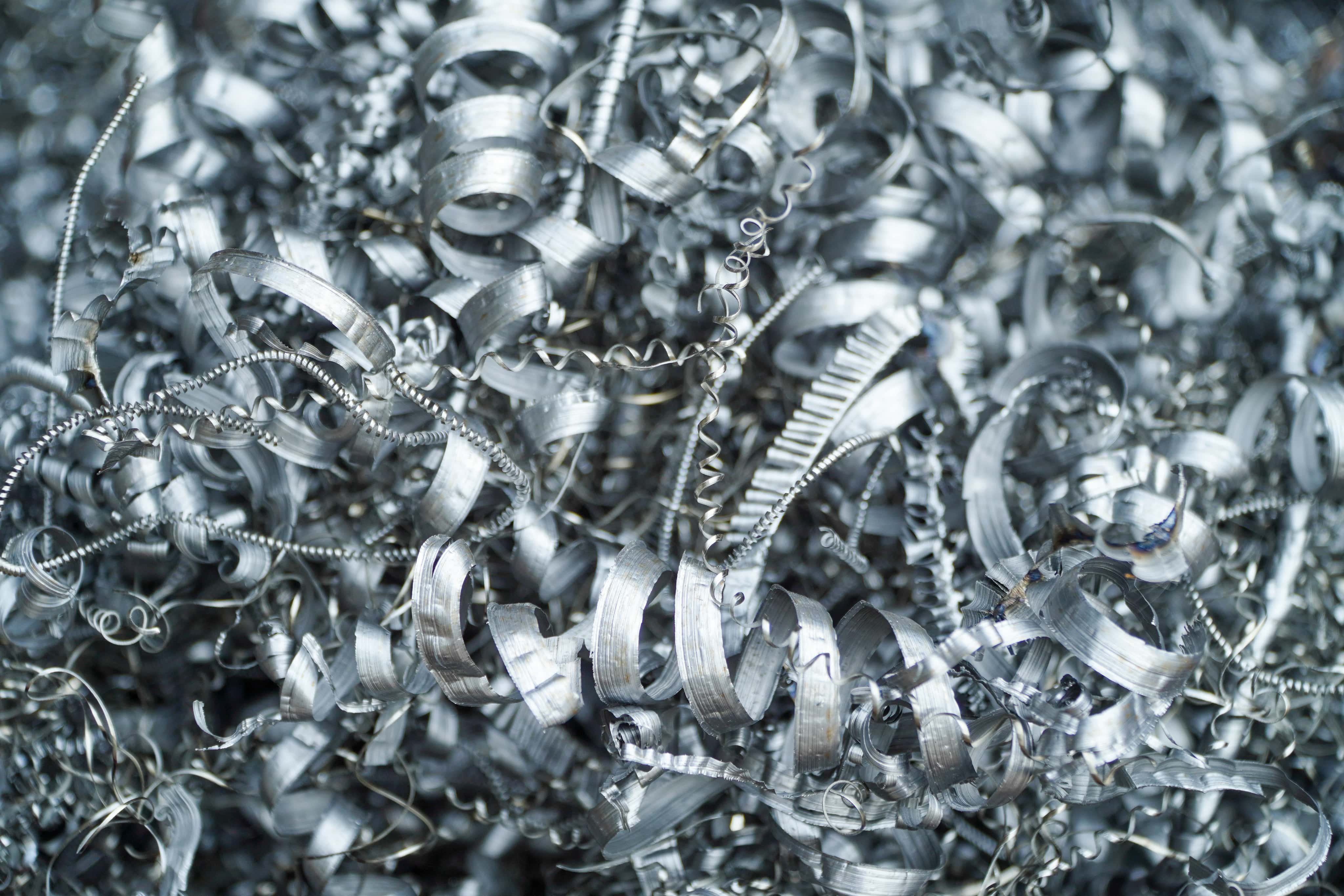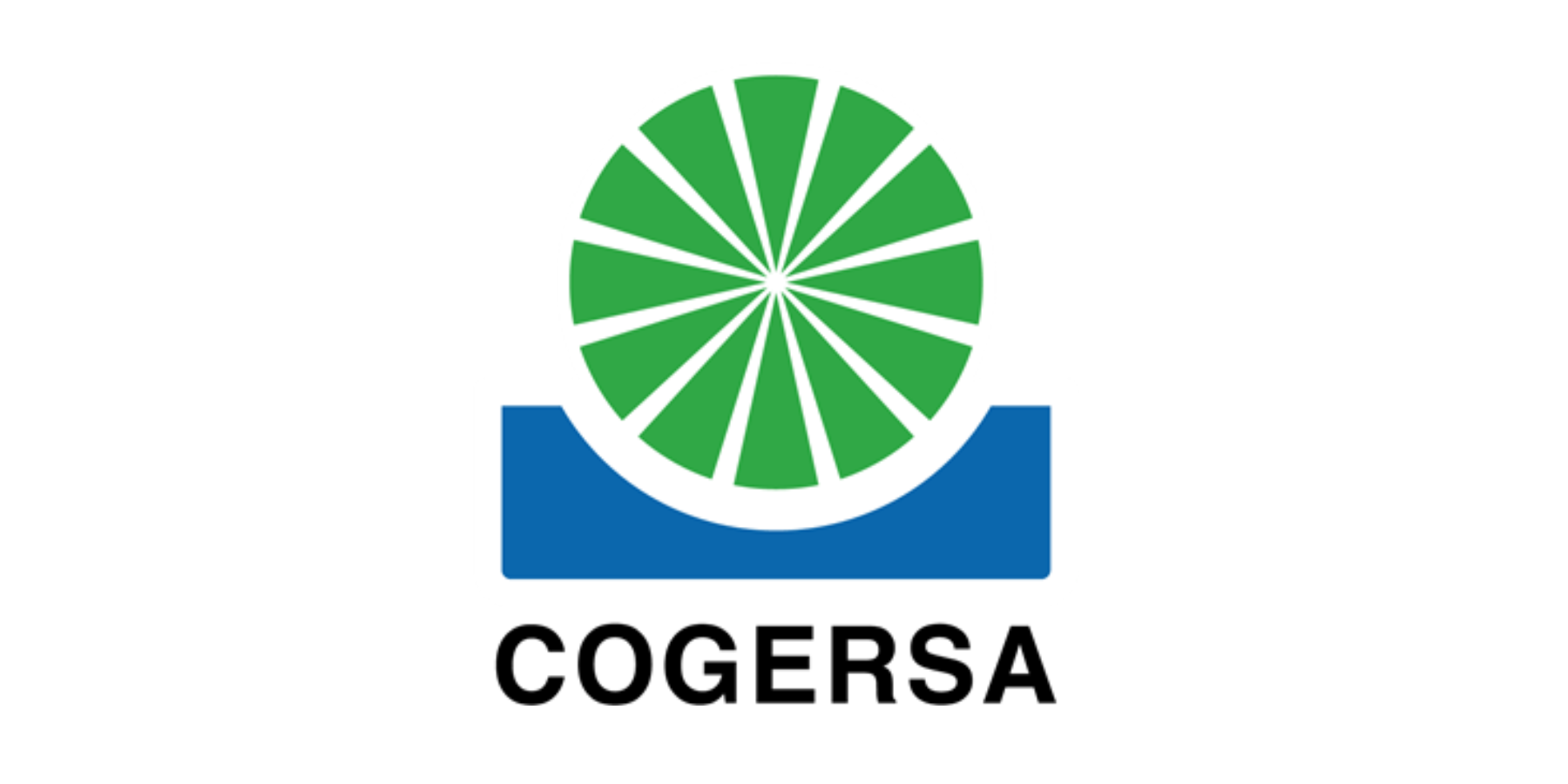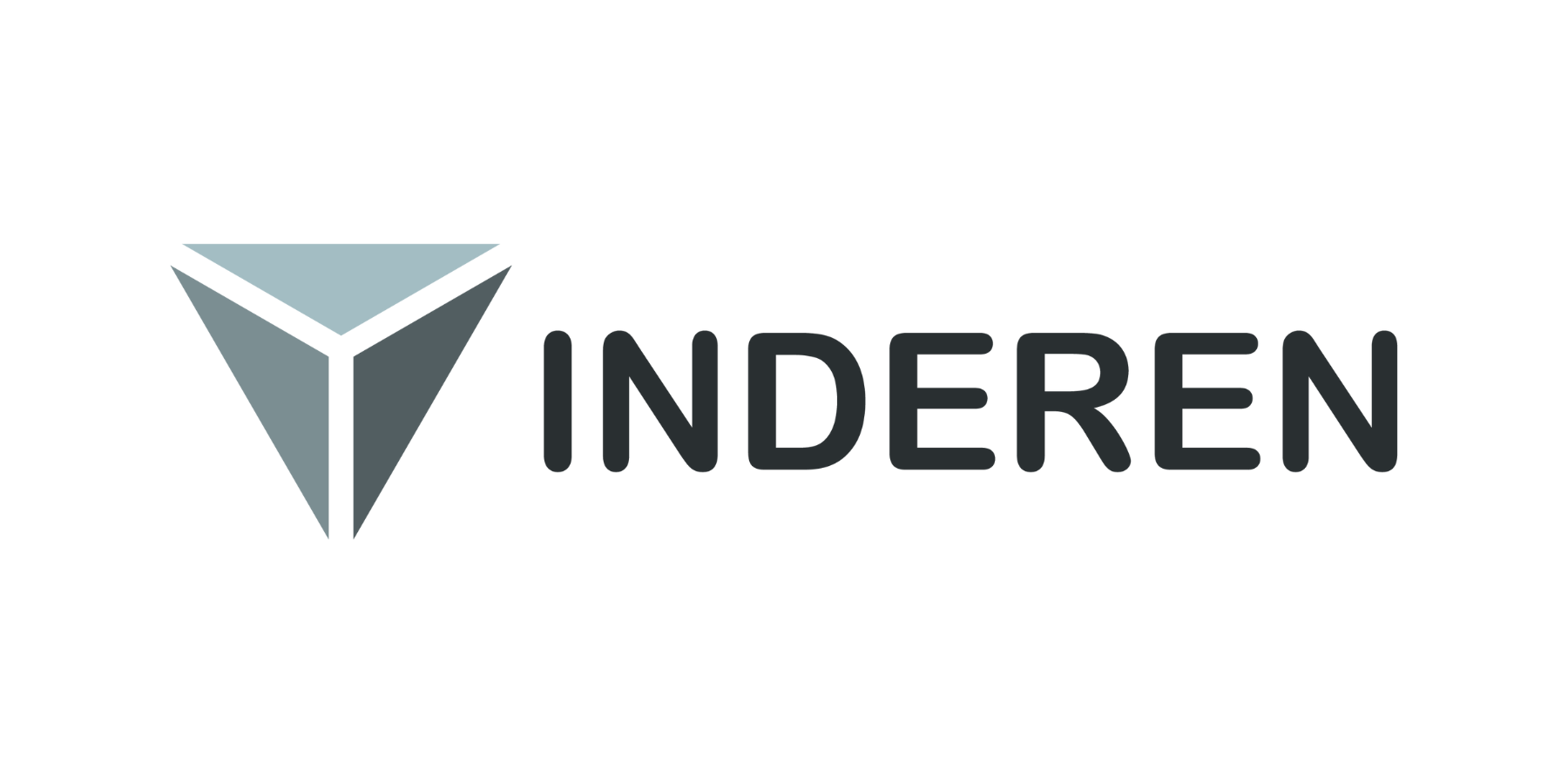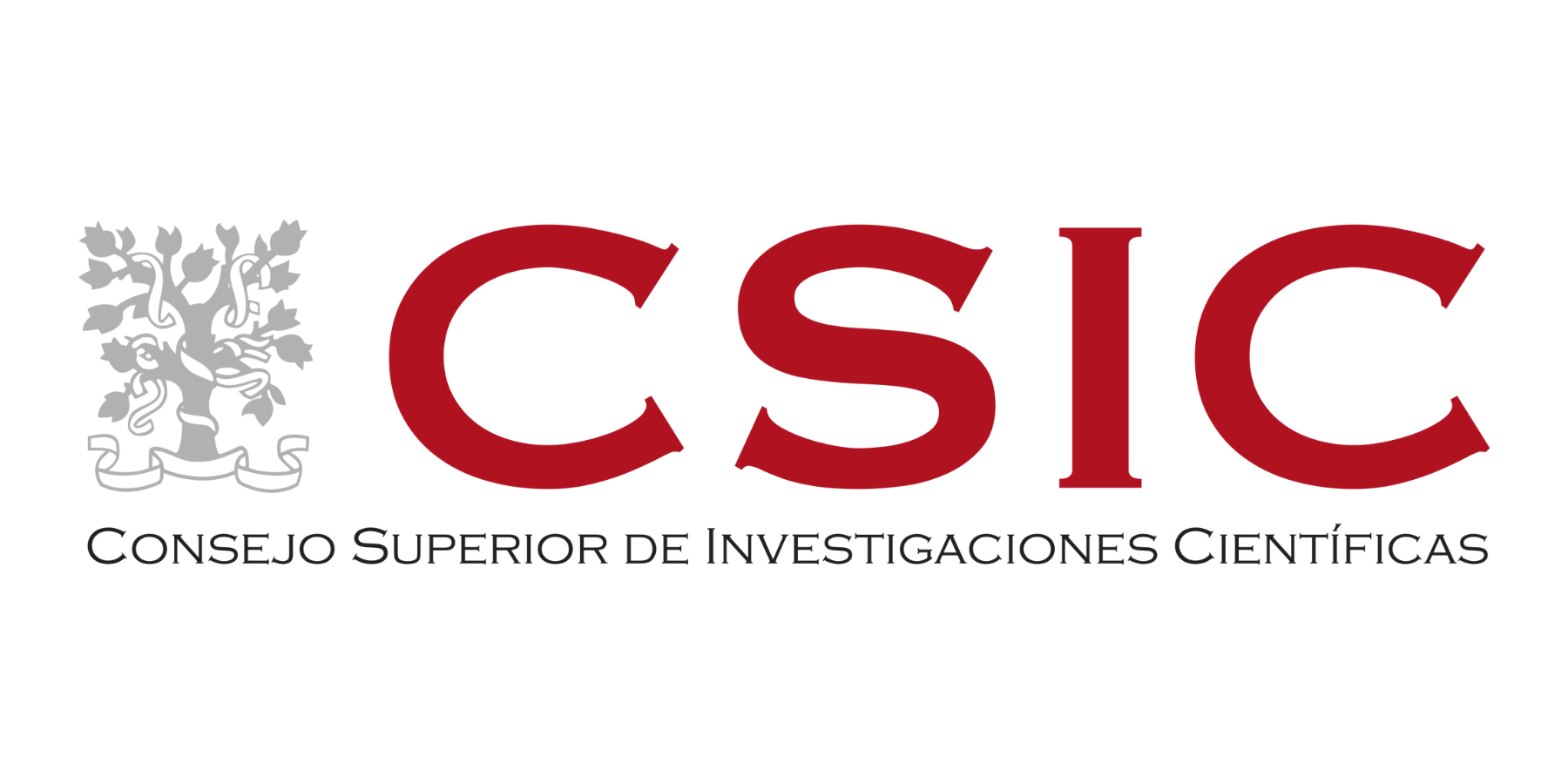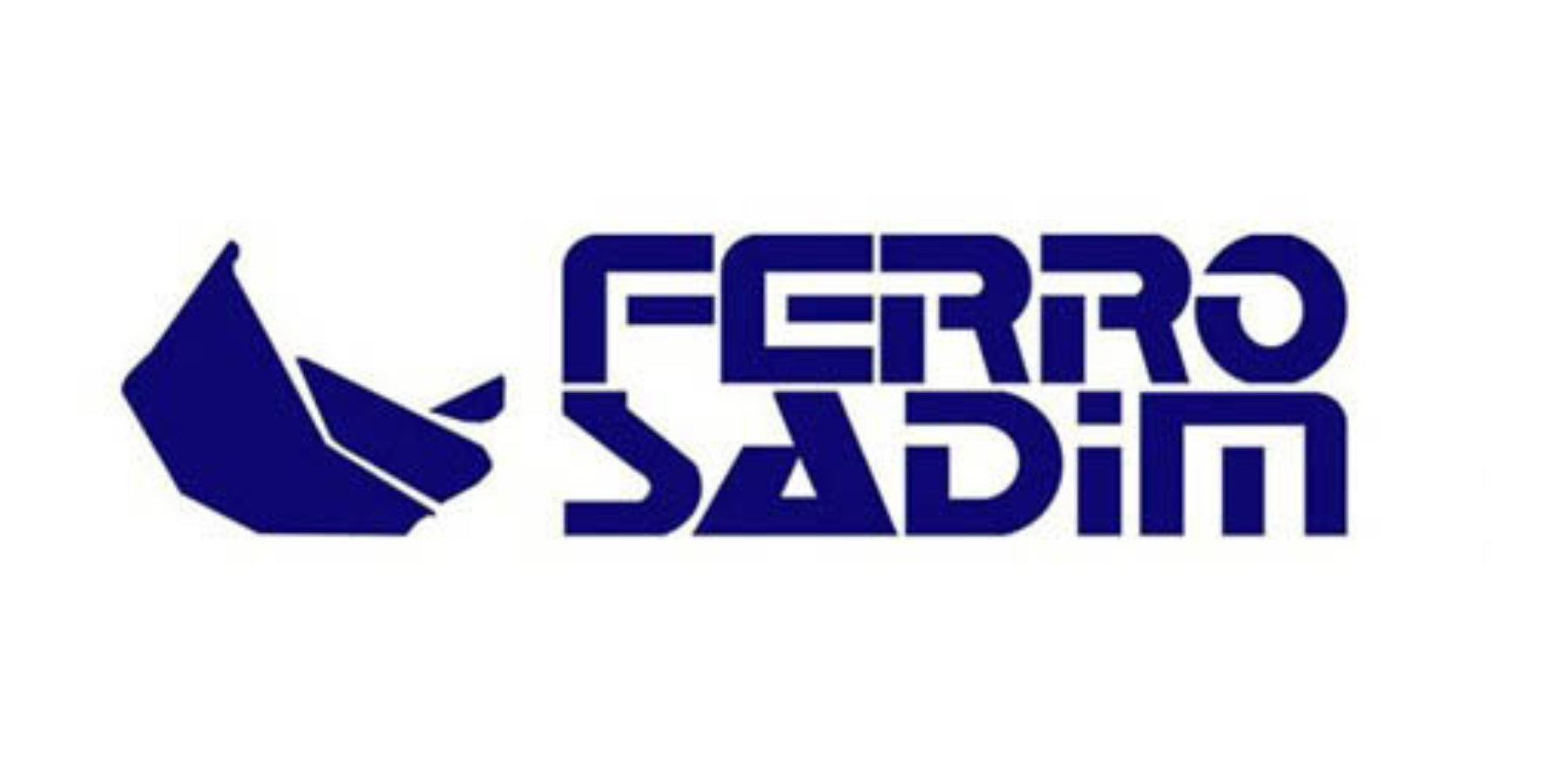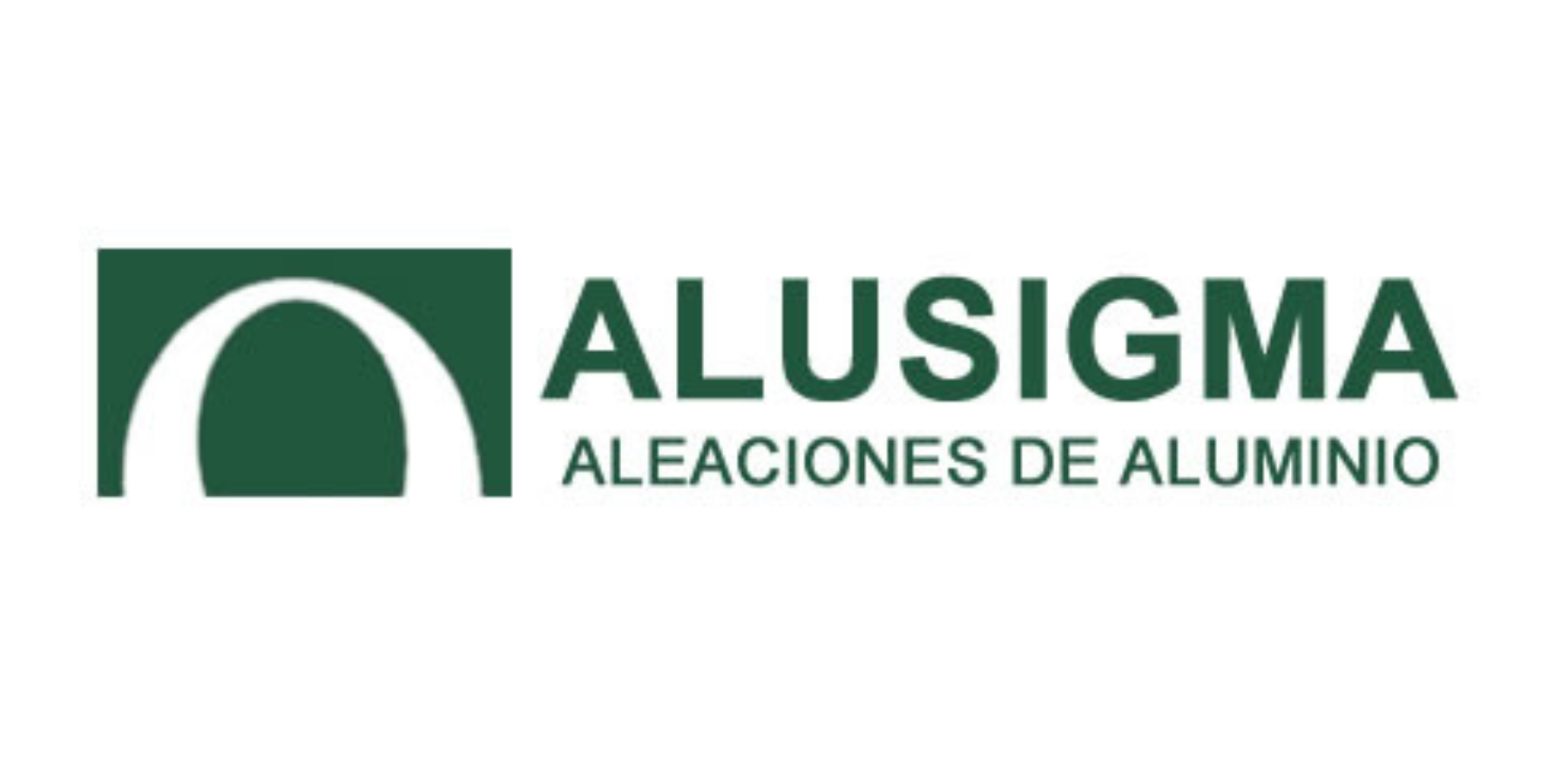Application of Z-ONA Zeolite for effluent treatment
Zeolites are extensively used in both gas and water treatment due to their ion-exchange capacity, selective adsorption, and molecular sieving properties. They are particularly effective in removing ammonium, heavy metals (such as lead, zinc, and copper), organic compounds, and even pathogenic microorganisms, depending on the specific zeolite type and operational conditions. In recent years, there has been increasing interest in synthetic zeolites, especially when produced from industrial by-products, as is the case with Z-ONA zeolite, which supports circular economy approaches.
At its waste treatment facility, COGERSA generates various landfill leachates (from hazardous, non-hazardous, and inert waste streams) along with several wastewater effluents, including treated leachates and physico-chemically treated hazardous waste liquors. These diverse and complex real-world samples provide an excellent testing ground for evaluating the performance of Z-ONA zeolites across a broad spectrum of pollutants and concentrations.
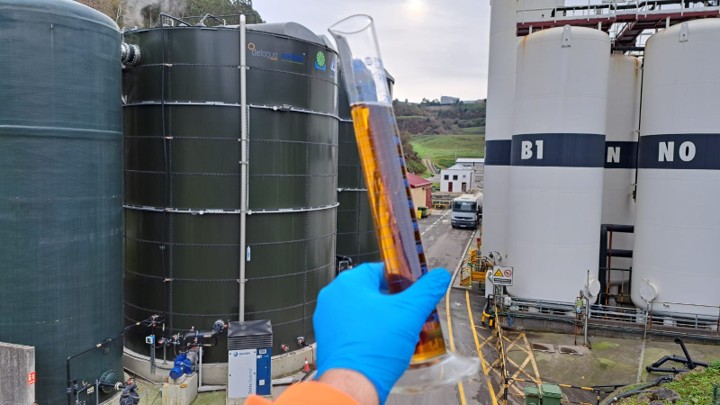
Wastewater
To this end, COGERSA will host a pilot-scale demonstration at its Open Lab, showcasing the application of Z-ONA zeolite in wastewater treatment. A key objective of the pilot is the removal of ammonium, enhancing the quality of the permeate from existing processes such as Biomembrat® (which combines nitrification/denitrification with ultrafiltration) and LIFE INFUSION (which includes stripping, anaerobic digestion, and ultrafiltration).
In parallel, Alusigma will assess the potential use of Z-ONA zeolites as sorbents for industrial gas streams, particularly targeting the removal of dioxins and furans.
